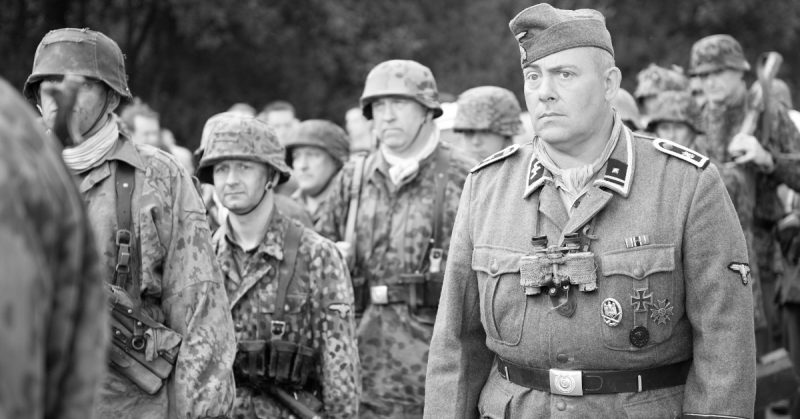Walter Model was one of the commanders who could quickly adapt to different situations on the battlefield. He was called the “Master of Defense“ and “Führer’s Fireman.”
He was a man upon whom Hitler could rely in any circumstances and who salvaged the most difficult situations of the Wehrmacht on the Eastern Front. Heinz Guderian described Walter Model in his book “Panzer Leader”:
“I quite fully described him as a brave, tireless soldier who knew the situation on the front, knew how to use his abilities in battle, and therefore enjoyed the confidence of his soldiers…
… Model was the most suitable general to perform the overwhelmingly difficult task of restoring the central part of the Eastern Front.”
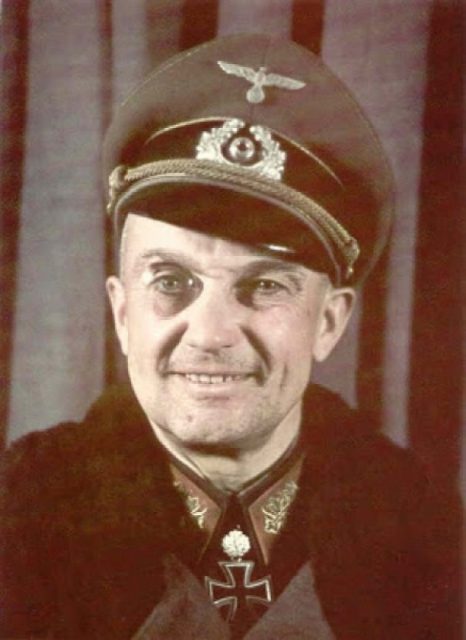
At the end of the Second World War, Model ordered all his personal documents be burnt, leaving behind little information about his childhood. What we do know is that Walter Model was born on January 24, 1891, in the city of Genthin into a family of Lutheran teachers.
He had a weak physique, loved to study history and Latin, and was in a literary circle. In 1906, while in the gymnasium in Naumburg (Saale), Model received a first impression of the art of war.
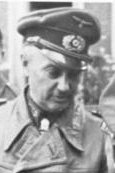
Soon after, Model entered the officer cadet school in Neisse (now Nysa, Poland) as a candidate officer in the 52nd Infantry Regiment von Alvensleben. Despite the harsh conditions, he withstood two years of training and on August 22, 1910, he left the school as a lieutenant of the Prussian army.
During training, Model made several friends and became known as a straightforward and ambitious person.
He was not afraid to argue with higher-ranking officers, defended his position, and delivered caustic remarks. Model maintained these qualities for his entire military career.
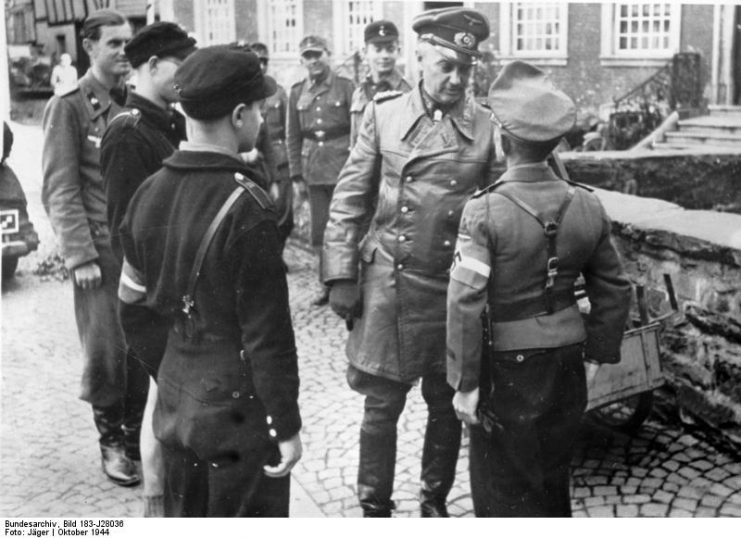
In the future, Model participated in the battles of the First World War on the Western Front as part of the 52nd Infantry Regiment. During the war, he received several combat wounds and awards, and earned a reputation as a purposeful and hardworking officer.
At the capitulation of Germany, Model was a captain in the 36th Reserve Division.
After the war, he continued his military career at the Generals’ Headquarters of Germany. In 1921, Walter married Herta Huyssen with whom he would have three children: Hansgeorg, Hella, and Christa. Model never discussed war or politics with his family and friends.
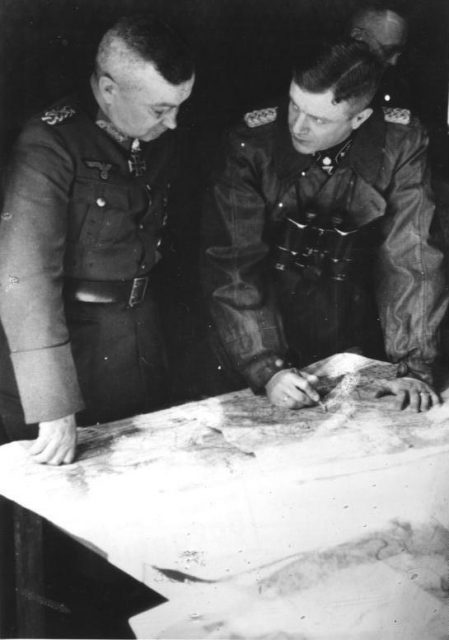
In 1939, Model held the rank of Major General (Generalmajor) in the 4th Army Corps which took part in the Occupation of Poland. The following year, at the head of the 16th Army, he took part in the Battle of France. He then took command of the 3rd Panzer Division.
During this time, a dual attitude was shown to Model. The soldiers in his units respected and appreciated him for his determination and severity. Yet the staff officers showed contempt for the fact that, in emergency situations, Model acted on his discretion and rarely coordinated his orders.
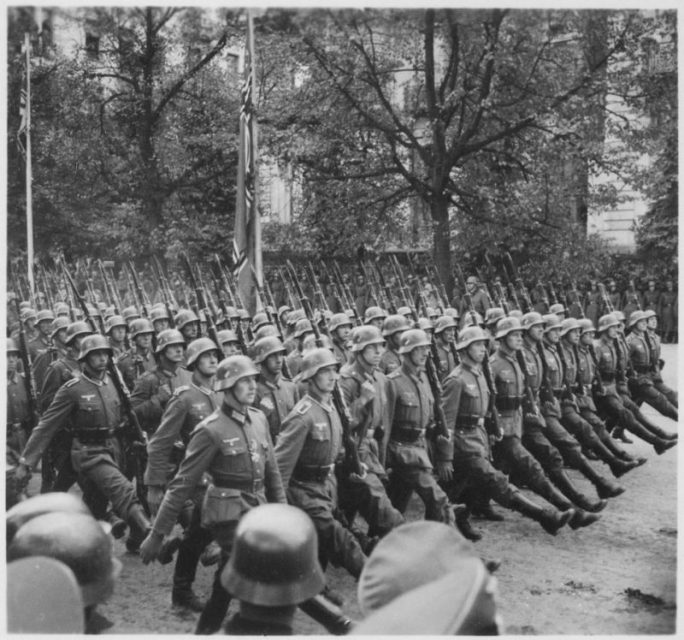
On June 22, 1941, as part of Army Group Center, Model entered the war on the Eastern Front. His division advanced in the vanguard of General Heinz Guderian’s 2nd tank group, breaking through the Soviet defenses at Brest, Baranovichi, and Rogachev.
On July 9, 1941, in recognition for his services, Model received the Knight’s Cross of the Iron Cross.
After Smolensk and Kiev were captured, he became the commander of the 41st Motorized Corps. After that, he took part in Operation Typhoon, in the course of which the German troops managed to get closer to Moscow.
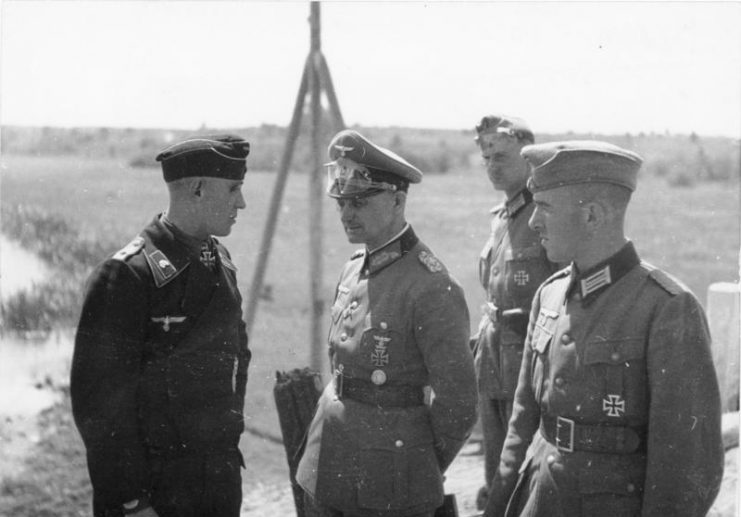
After the Red Army managed to push the German troops to the west, an angry Hitler withdrew many generals from their posts.
In early 1942, Walter Model was appointed commander of the 9th Army. His personality attracted the attention of Hitler because of his views and beliefs.
Moving along Soviet territory, the Führer’s Fireman left behind scorched earth and mountains of corpses. During the Nuremberg Tribunal, a large amount of evidence was given about the cruelty of the 9th Army. This was especially evident during the bloody battle near Rzhev.
Thousands of civilians were killed on account of Model’s maneuvers, which in itself showed the price of the Third Reich victories.
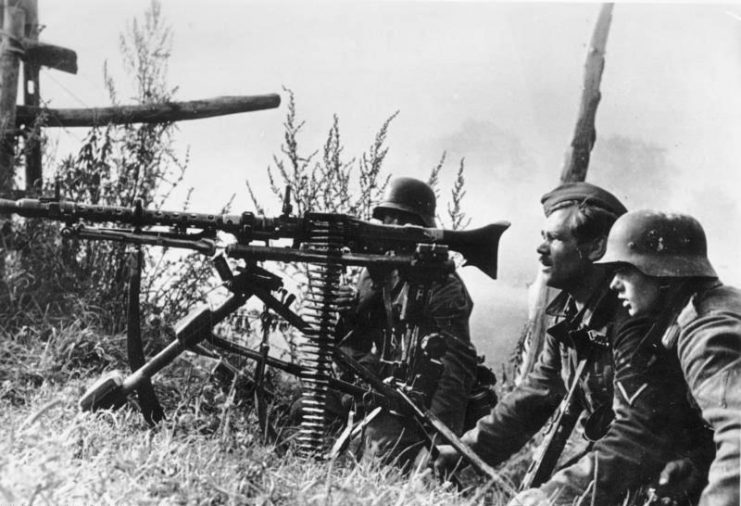
After retreating from Rzhev, Model took part in Operation Citadel, an offensive near Kursk. He called for caution and refused to lead his 9th army to attack until they received reinforcements. Guderian, who believed that the offensive would be useless and suffer losses, supported his opinion.
However, Model’s advice turned out to be erroneous, and the German troops suffered a serious defeat.
Model was unable to assess the various options correctly and plan the attack. This was his first major defeat, which illustrated his weaknesses. Nevertheless, his ability to build an effective defense was useful to Hitler in the last years of the war.
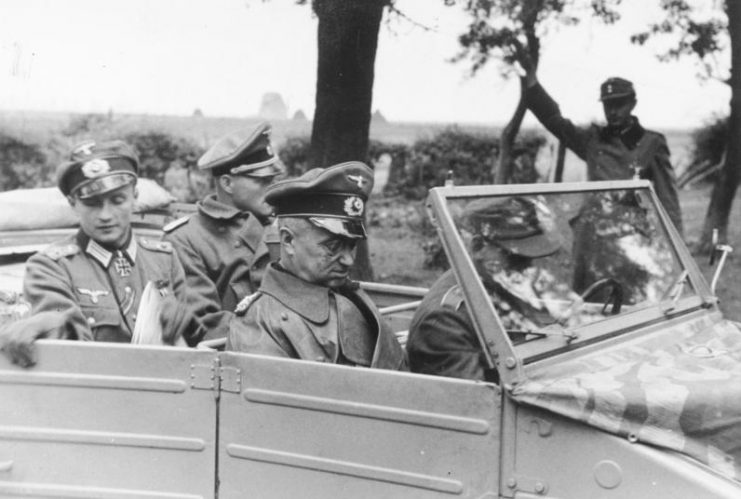
In January 1944, Model assumed command of Army Group North, which was experiencing problems due to the Soviet offensive in the Leningrad region. He managed temporarily to halt the troops, who were rapidly moving in the direction of the Baltic States. For these successes, Model was promoted and became the youngest Field Marshal Wehrmacht.
Over the next six months, Model was in different parts of the Eastern Front in order to eliminate errors in defense and ensure the retreat of the German troops. On August 17, he received an order to take control of the situation on the Western Front and was honored to receive diamonds on his Knight’s Cross of the Iron Cross.
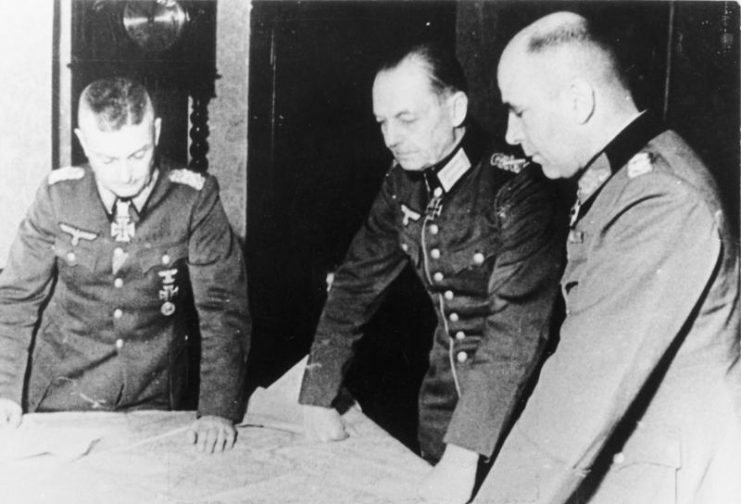
After the opening of the second front in Europe, Germany finally reached the verge of defeat. While in France, Model encountered problems on the Eastern Front.
He was engaged in withdrawing troops and organizing defense. But his desire to move to a strategic defensive position caused him to make mistakes, and he attacked. Not only did he lose thousands of soldiers, but he also lost Hitler’s confidence.
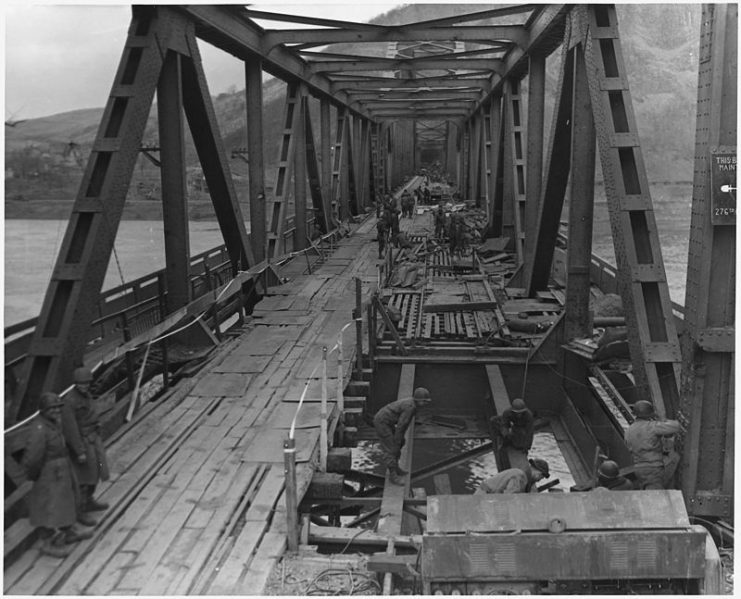
The defeats became more frequent and the result of the war became obvious. When he heard that the Soviets had charged him with war crimes for the deaths of 77,000 people in concentration camps in Latvia and the deportation of 175,000 people as slave labor, Model decided not to wait for the inevitable execution.
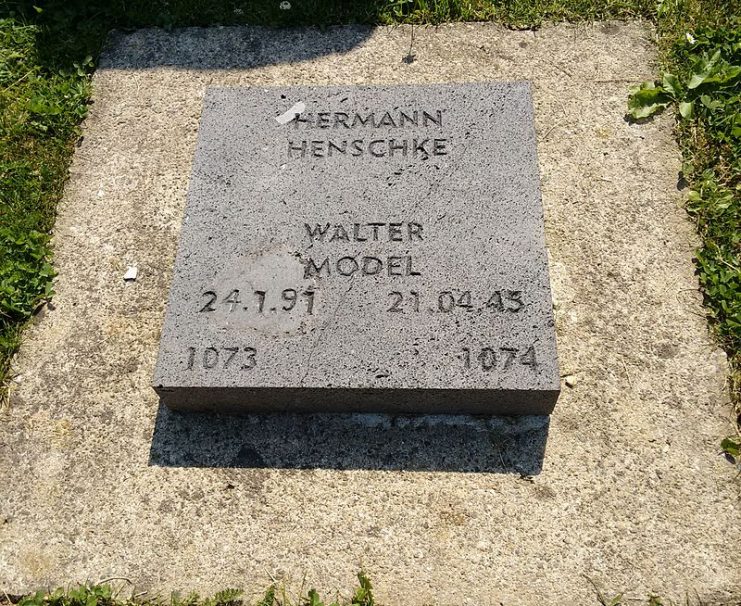
On April 21, 1945, Walter Model committed suicide by shooting himself in the head in the forest between the city of Duisburg and the village of Lintorf. He was buried at the site.
However, after ten years, thanks to his son Hansgeorg, Walter Model was reburied in a military cemetery near the town of Vossenak in the Hürtgen forest.
